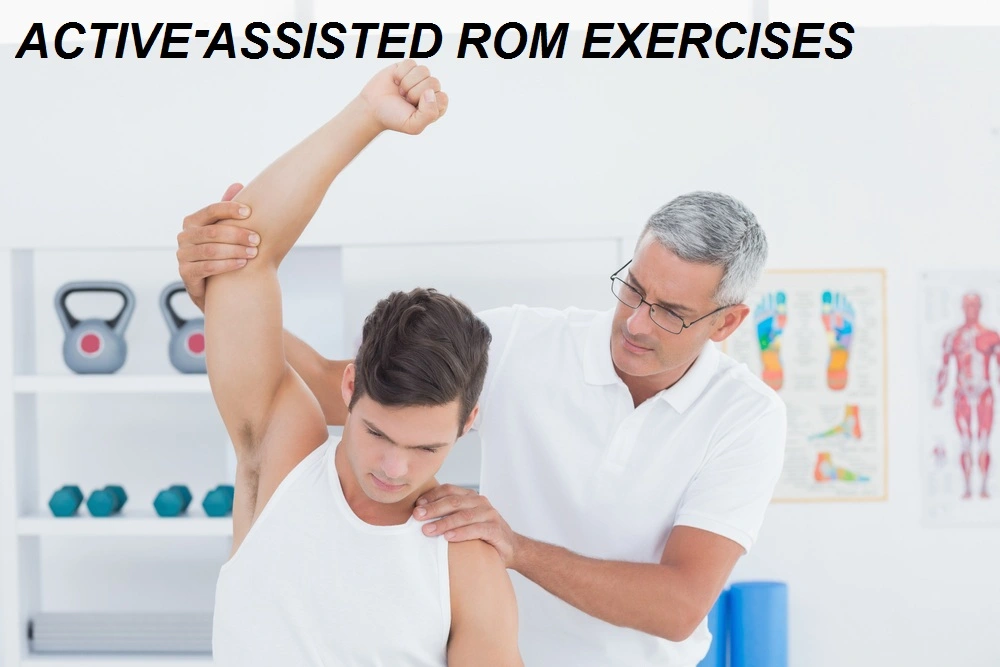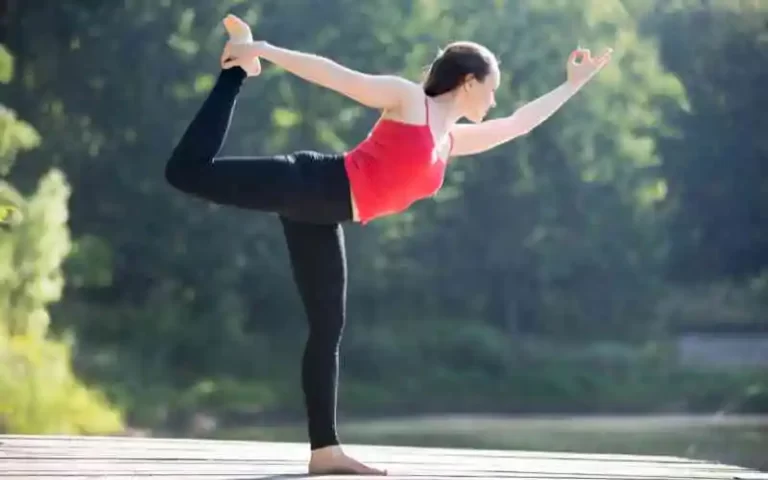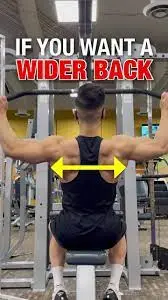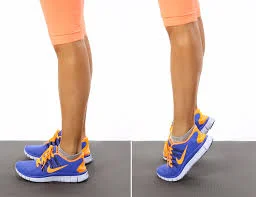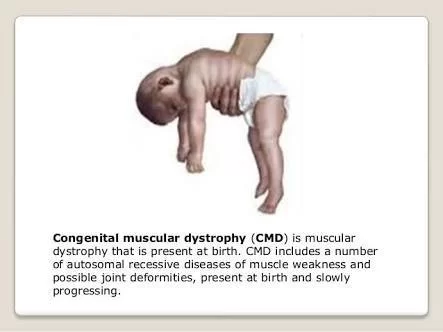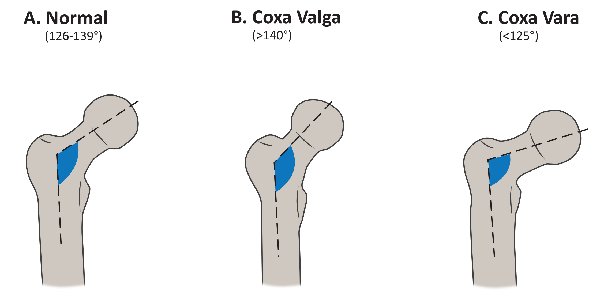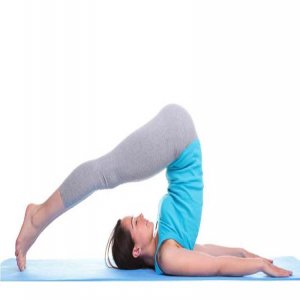Active Assisted Range Of Motion Exercises (A-AROM)
Introduction to Active Assisted Range of Motion Exercises (A-AROM)
Active Assisted Range of Motion Exercises (A-AROM) are therapeutic movements performed to improve joint mobility, flexibility, and muscle strength. These exercises are commonly used in physical therapy and rehabilitation settings to assist individuals who may have limited mobility or are recovering from injuries or surgeries.
Unlike passive range of motion exercises, where an external force moves a joint through its full range of motion, A-AROM involves the active participation of the individual performing the movement. However, in A-AROM, there is also some external assistance provided to facilitate the exercise, especially when the individual cannot complete the full range of motion independently.
The primary goal of A-AROM exercises is to encourage the individual to actively engage their muscles and joints, promoting muscle activation and strength development. This approach helps to prevent muscle atrophy and joint stiffness, contributing to a faster and more effective recovery.
A-AROM exercises are tailored to each individual’s specific needs and physical capabilities, considering factors such as the type and extent of the injury or condition, age, and overall fitness level. They can be beneficial for a wide range of conditions, including orthopedic injuries, neurological disorders, and post-operative recovery.
Physical therapists and healthcare professionals carefully monitor and guide patients through A-AROM exercises to ensure they are performed safely and effectively. The frequency, intensity, and progression of these exercises are adjusted over time to optimize outcomes and aid the individual in regaining functional mobility.
What is the range of motion (ROM)?
Range of motion is a measure of movement around a part of the body or a particular joint. Various joints in the body have limits that are considered normal. A joint must be highly flexible to maximize its range of motion, and all joints have a degree of flexibility.
What is the active-assisted range of motion (A-AROM)?
In Active Assisted Range of Motion (AAROM) the joint is partially assisted by an external force. It is usually done when the patient requires an external force to assist movement due to weakness, pain, or changes in muscle tone.
After an accident or surgery, when there is some healing and the muscles may contract but protection is required to avoid harming the body portion that is recovering, active assisted ROM is frequently employed. Help to help you move can come from yourself or others. It can also come from mechanical devices and machines.
One example of AAROM is after shoulder rotator cuff surgery. Movement of the arm is permitted, but to limit possible strain, have another person hold the arm during the movement.
After an injury or surgery, when there is some healing and the muscles can contract but protection is required to avoid harming the body portion that is recovering, active assisted ROM is often used.
Characteristics
This is the movement that occurs when the therapist helps the patient move. For example, a person sits in a chair and raises one leg as far forward as possible. Another person, such as a therapist or other helper, can help the patient straighten the leg more than if the leg was flexed by muscles alone.
With the help of a physical therapist or a machine, people use the muscles around weak joints to perform stretching exercises- you can increase your range of motion by stretching a little past your breaking point. However, pushing too hard can cause muscle strain and joint damage. However, when actively assisted movement is used, the patient should not be pushed to the point of pain.
Few characteristics to get noted:
1. A-AROM exercises are performed with the help of an external force, such as a therapist or a machine, the patient still does the effort to do the exercise.
2. These are designed to be low-impact and easy on the joints, making them ideal for patients who are recovering from an injury or surgery.
3. These exercises should be typically performed in a controlled environment, such as a physical therapy clinic or hospital.
4. A-AROM exercises are made to the individual needs of each patient, taking into account their specific injury or condition.
5. The exercises are to gradually increase in intensity over time, helping patients to build strength and endurance.
6. A-AROM exercises are used to target specific muscle groups or areas of the body, helping patients to regain mobility and function.
7. These exercises are often used in combination with other types of physical therapy, such as stretching and range-of-motion exercises, to help patients achieve their rehabilitation goals.
Causes of the limited range of motion
Few medical conditions, which can also limit (restricts) the range of motion of a joint which is:
- Bursitis: Inflammation of the cushioning sac within the joint
- Cerebral Palsy (CP): Congenital disorders that affect movement and muscle control
- Congenital torticollis: abnormally twisted neck
- Joint dislocation: For example, a dislocated shoulder or a dislocated knee.
- Joint infections: Including hip joint or other joint sepsis
- Obesity: Partly due to the accumulation of subcutaneous fat around joints
- Osteoarthritis (OA): Age-related “wear and tear” arthritis
- Rheumatoid arthritis (RA): autoimmune arthritis
- Tendon rupture: For instance, if the rotator cuff is torn
- Tendonitis: Infection or inflammation of the tendons that support the joint
For people with weak muscles who cannot move their joints within the desired range, the muscles are properly supported (gradually strengthened) in carefully controlled ways.
Active-assisted exercises are used for-
- The muscle working is too weak for the performance of the movement
- The muscles are weak to control the adequate motion
- To restore the mobility of the patient
Indications
- To assist the movements in cases like- stroke
- After the removal of the plaster cast
- To re-educate the muscle movement
- Assist and perform the normal ADL
- Neurological conditions
- Sports injuries
- Chronic pain
- Age-related mobility issues
- Post-surgical rehabilitation
Types of assistance in A-AROM exercises
- Manual assistance– The therapist assists the patient with moving the limb
- Mechanical assistance- Where the assistance is given by slings, pulleys, wheels, finger ladders, etc…
- Self-assisted: the patient can take support from the other limb or towel
Directions and repetitions-
- Specific instructions and repetitions of actively assisted exercise may vary depending on the patient and their specific injury or condition. Yet, these are some general guidelines.:
- Each exercise should be performed slowly and with control, focusing on proper form and technique.
- The therapist or external force will assist the patient in performing the exercise, but the patient should still be actively engaging the targeted muscle group.
- The number of repetitions and sets will depend on the patient’s specific needs and goals, but typically, 2-3 sets of 10-15 repetitions are performed.
- The patient should rest for 30-60 seconds between sets.
- The resistance or assistance provided by the therapist or external force can be gradually increased over time as the patient’s strength and endurance improve.
- The patient should communicate with their therapist if they experience any pain or discomfort during the exercises.
- Examples of active assisted exercises include assisted leg raises, assisted shoulder flexion, and assisted knee extensions.
Disadvantages of active assisted exercises
- The need for assistance
- Limited effectiveness
- Time-consuming
- Limited range of motion
Few examples of active assisted exercises
- Assisted leg raises: The patient lies on their back with their legs straight. The therapist or external force holds the patient’s ankle and assists in lifting the leg toward the ceiling. The patient actively engages their core and hip muscles to lift the leg.
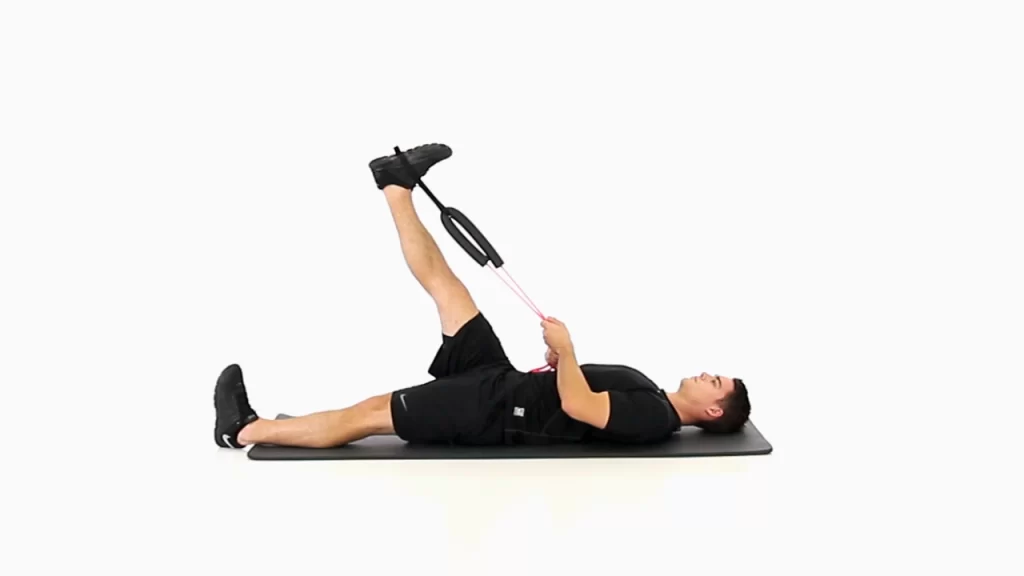
- Assisted shoulder flexion: The patient stands facing a wall with their arm extended forward. The therapist or external force stands behind the patient and assists in lifting the arm toward the ceiling. The patient actively engages their shoulder muscles to lift the arm.
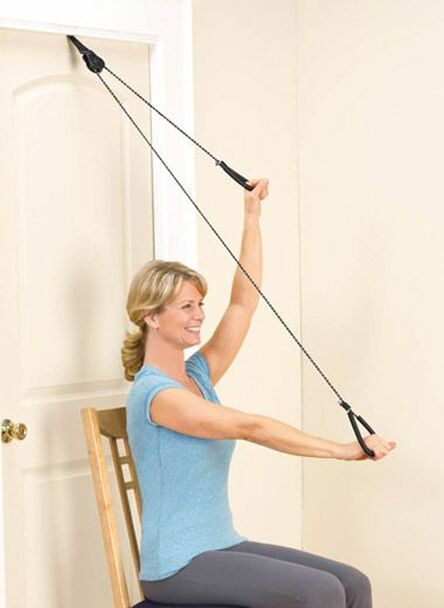
- Assisted knee extensions: The patient sits on a chair with their feet flat on the ground. The therapist or external force places their hand on the patient’s ankle and assists in straightening the leg. The patient actively engages the quadriceps muscle to straighten the leg.
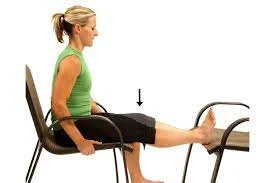
- Assisted elbow flexion: The patient sits on a chair with their arm extended in front of them. The therapist or external force stands behind the patient and assists in bending the elbow. The patient actively engages their bicep muscle to bend the elbow.
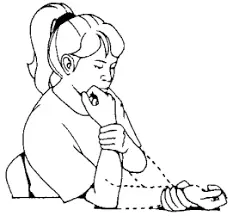
- Assisted hip abduction: The patient lies on their side with their legs straight. The therapist or external force holds the patient’s ankle and assists in lifting the leg toward the ceiling. The patient actively engages their hip muscles to lift the leg.
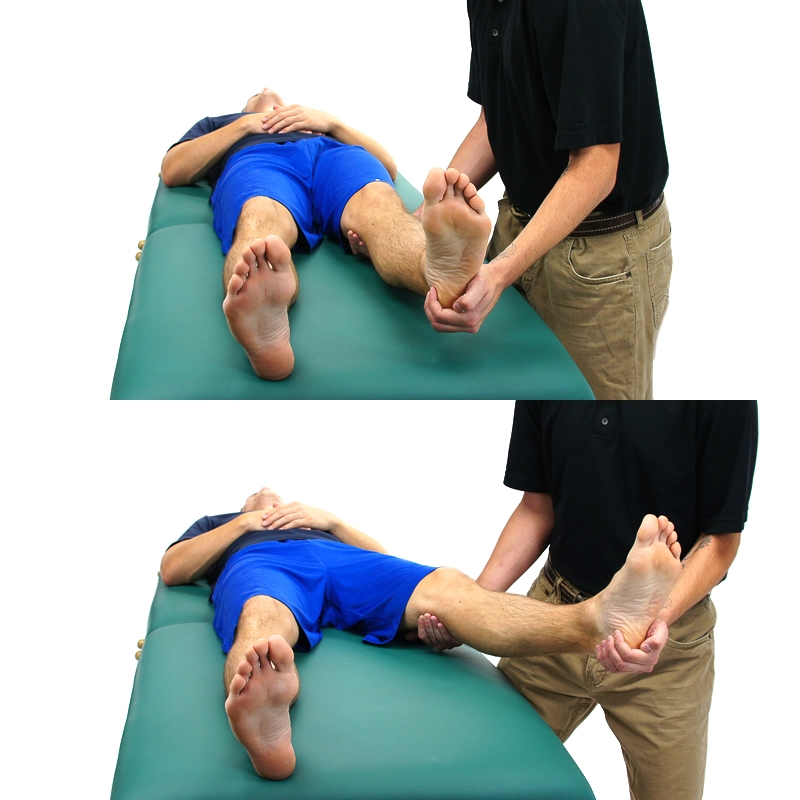
It’s important to note that these are just a few examples of active assisted exercises and each patient’s specific needs and goals should be taken into account when designing an exercise program. It’s always best to consult with a licensed physical therapist or healthcare provider before beginning any new exercise program.
Summary
Active-assisted exercises are a type of physical therapy that involves the patient performing a movement with the help of an external force. These exercises are typically used to help patients regain strength and mobility after an injury or surgery. It is better to consult with an associated physical therapist or healthcare officer before the start of any new exercise program.
FAQs
What are active assisted exercises?
Active assistive exercises are ones that the patient performs on their own or with the help of an outside force, such as a therapist, cord and pulley, weight and pulley circuit, etc. Exercises with active assistance are utilized when: The muscles controlling a bodily lever are insufficiently strong to produce movement; or.
What is an example of active assistive ROM?
In physical therapy, assisted active range of motion (A-AROM) is frequently used to increase flexibility or strength in a specific body area. Let’s say you sit down and extend your front leg as far as it will go.
What is an example of active assistive ROM?
In physical therapy, assisted active range of motion (A-AROM) is frequently used to increase flexibility or strength in a specific body area. Let’s say you sit down and extend your front leg as far as it will go.
What is assisted exercise in physiotherapy?
Exercises that require an outside force to complete the movement are called assisted exercises because they are used on very weak muscles whose fore contraction is insufficient to complete the movement. Typically, another individual acts as the external force of support.
What are the benefits of Aarom exercises?
In order to protect the injured or recovered body part while it heals, your physical therapist may help you move the affected area with an active-assistive range of motion (AAROM). Strength and flexibility in the damaged region are enhanced with A-AROM.

